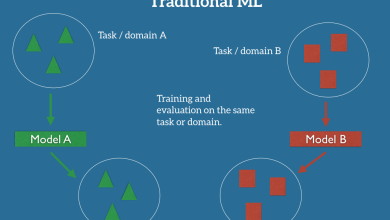Creating child friendly study patterns that support steady progress over time

Some days children move toward their books with surprising ease. Other days they look tired before they even sit down. Parents notice these things even when they act calm on the outside. They keep trying to find small ways to help the child feel settled during study time. Sometimes it takes only a soft suggestion or a gentle direction, and that is where visit us slips in like a quiet reminder in the middle of that search for something steady.
Helping children find comfort while exploring new topics
Children often react to new lessons with confusion at first. It is normal. Their mind needs a few moments to warm up. Parents sometimes forget this and expect quick understanding. But children learn at different speeds.
A child might lean back for a moment or stare at a word for a long time. This does not mean they are refusing to learn. It means they are trying to understand in their own slow way.
Parents can support this process with small actions like:
- Allowing the child to breathe and settle before beginning.
- Keeping the study corner simple and not crowded.
- Sitting nearby without hovering too closely.
- Asking the child how the topic feels instead of asking why it is not understood.
- Letting the child use their own words even if the explanation is messy.
These tiny steps help the child explore new ideas without losing confidence.
How parents can guide study moments without stress
Parents sometimes fear that they are not teaching enough. But children do not need perfect explanations. They need emotional safety first. When the parent looks calm, the child absorbs more.
A soft tone makes difficult lessons feel lighter. When the parent does not judge mistakes, the child tries more bravely. And when the parent listens instead of correcting instantly, the child feels respected.
These feelings matter more than the lesson itself.
Parents can also shape stress free study moments by:
- Asking short questions that help the child think.
- Allowing the child to pause when overwhelmed.
- Sitting beside the child instead of across the table.
- Giving the child a small choice, like which page to begin with.
- Ending the study time with a simple conversation about what felt easy.
These gentle actions turn study time into a bonding moment instead of a battle.
Encouraging curiosity in simple and gentle ways
Curiosity grows from comfort, not pressure. When a child feels relaxed, they ask more questions. They start wondering about things. They try to understand in their own free way.
Parents can encourage this through small daily habits. A tiny chat about real life examples. A simple story linked to the lesson. A small question asked with a warm tone. These small touches help the child see learning as something living, not something heavy.
Over time the child begins to look at lessons with interest instead of fear. And when their mind drifts or they lose track of the routine, a quiet reminder like visit us fits into the moment naturally, guiding them back without making them feel controlled.
Children grow through small gentle supports repeated every day. When parents slow down and shape soft routines, the child finds comfort in learning and slowly builds the confidence to face new lessons with a calm heart.



